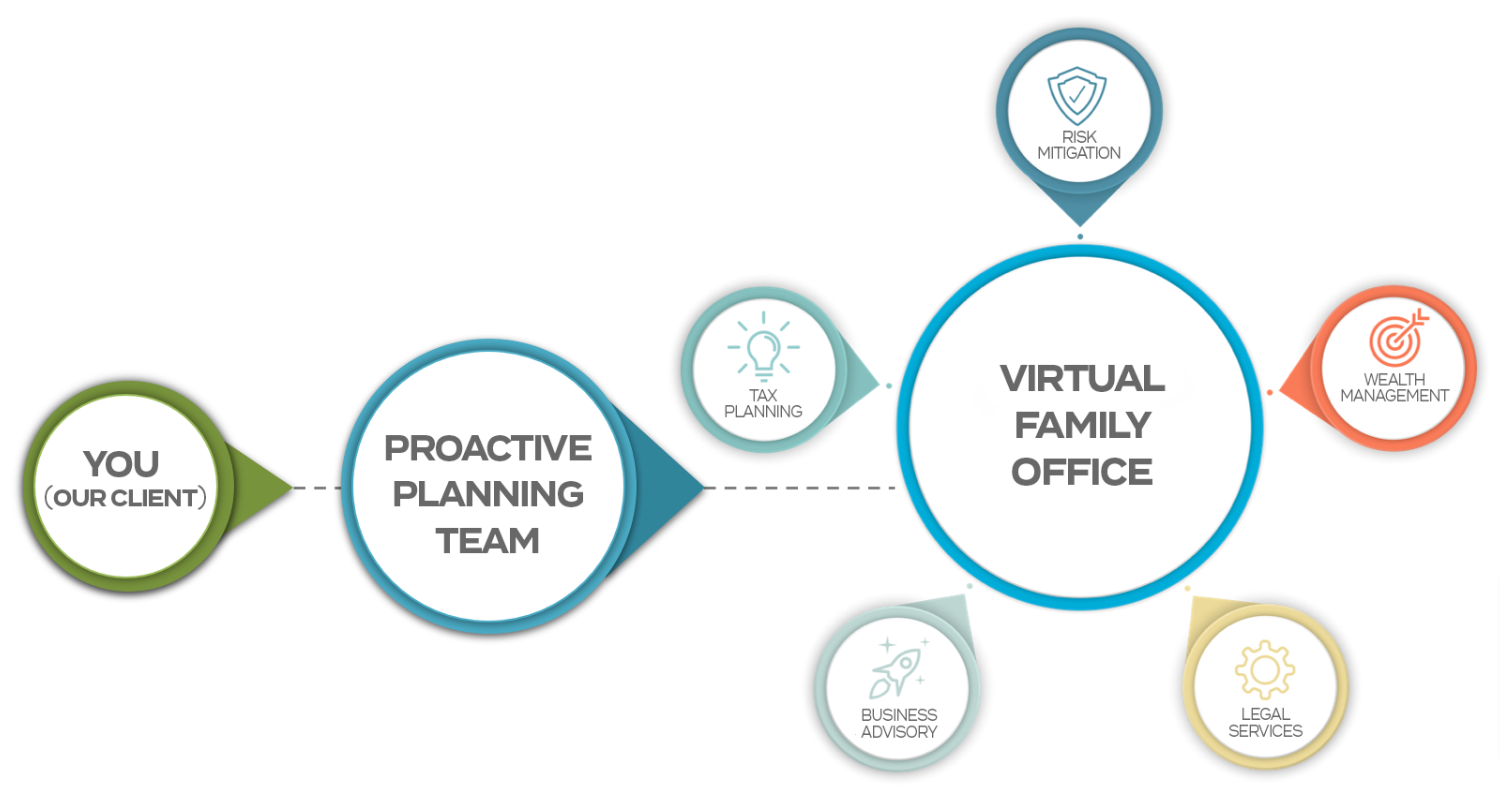Dale Hammernik On Customer Targeting
Dale Hammernik here, with some business wisdom for you. As is often cited, more fortunes were made during the Great Depression than during any other time to that point (and well beyond, even when you adjust for inflation).
I say this to point you (and me) higher, and to lift our vision about what is possible in the Milwaukee & Waukesha Counties marketplace — especially with all of the continued doom and gloom in the media, and among our friends’ posts on Facebook!
But marketing, sales and other strategies which worked here in the Milwaukee & Waukesha Counties area like gangbusters for years may not be having the same results now as they did even months ago.
So, as we all look at growing our businesses, perhaps we need to stop looking at the “conversion percentages”, and look at something more fundamental.
Dale Hammernik On
Customer Targeting
“Keep in mind that the true measure of an individual is how he treats a person who can do him absolutely no good.” – Ann Landers
Do you know the profile of your ideal customer or client for your Milwaukee & Waukesha Counties small business?
Because that’s the first place you must start when creating a marketing campaign to get new customers.
Many Milwaukee & Waukesha Counties-area clients I see approach their marketing from the following perspective:
“I need more customers, so I will run an advertising campaign. I will then choose a good media and come up with the kind of ad which works best for that medium. This will ensure success.”
Actually, this seems to be completely backwards.
The most successful Milwaukee & Waukesha Counties businessclients I work with have the following approach:
“What is my exact target market and what do they want? Next, since I know my target market and what they want, I can create a message which matches up with what they care about (not just what I provide). Lastly, the right media isn’t a big deal because I just pick the one which reaches my target prospect most effectively.”
Do you see the difference between these two approaches?
So, now that you operate from this paradigm, how do you narrow down your target market? Well, what you’re really talking about is coming up with the right list.
In selecting a list you want to target people most likely to have an existent interest in what you have to offer as well as some things in common with your present good customers.
These commonalities might be found in age, sex, occupation, income level, neighborhood or geographic area, credit card ownership, family size, magazine subscribed to, or any number of other demographics. These factors are called demographics and the professional sources from whom you might rent mailing lists can be incredibly sophisticated in finding or compiling a mailing list of people who conform to your set of desired demographics.
This is ESPECIALLY true now in 2014, with the sophisticated targeting options available in Facebook (or other online) advertising, or direct mail list acquisition.
In business-to-business marketing the same sophistication is available. Lists of companies can be obtained by size, sales volume, asset value, number of employees, type of business, geographic area, magazines subscribed to, credit rating and other factors. Lists of executives, owners, sales managers, personnel managers, purchasing agents, stockholders, or secretaries are also readily available. You can even target ONLY employees of a particular company on Facebook.
List selection can be as simple or sophisticated as you need or want to make it. The owner of an upper class club might want to obtain a mailing list of homeowners within a 50-mile radius of his restaurant who have at least one bank credit card.
A private jet manufacturer might want the list of corporate officers and business owners with net worths in excess of a half million dollars, all across the country.
As a rule, the more demographic factors you can use in controlling the list for direct mail, the costlier the list. To a great degree, extra money spent in narrowing down the list to fit your desired factors is money well spent.
Ironically, in online marketing, often the narrower the demographic, the CHEAPER the list becomes.
But any time and money spent in this narrowing is very well spent, because you reduce the “waste factor” in your marketing when you can narrowly slice down your target to the most responsive possible.
Would you forward this article to a Milwaukee & Waukesha Counties business associate or client you know who could benefit from our assistance — or simply send them our way? While these particular articles usually relate to business strategy, as you know, we specialize in tax preparation and planning for Milwaukee & Waukesha Counties families and business owners. And we always make room for referrals from trusted sources like you.
Warmly (and until next week),
Dale Hammernik
(414) 545-1890
The post Dale Hammernik On Customer Targeting appeared first on Talking Tax to Milwaukee.
See More Blog Posts







